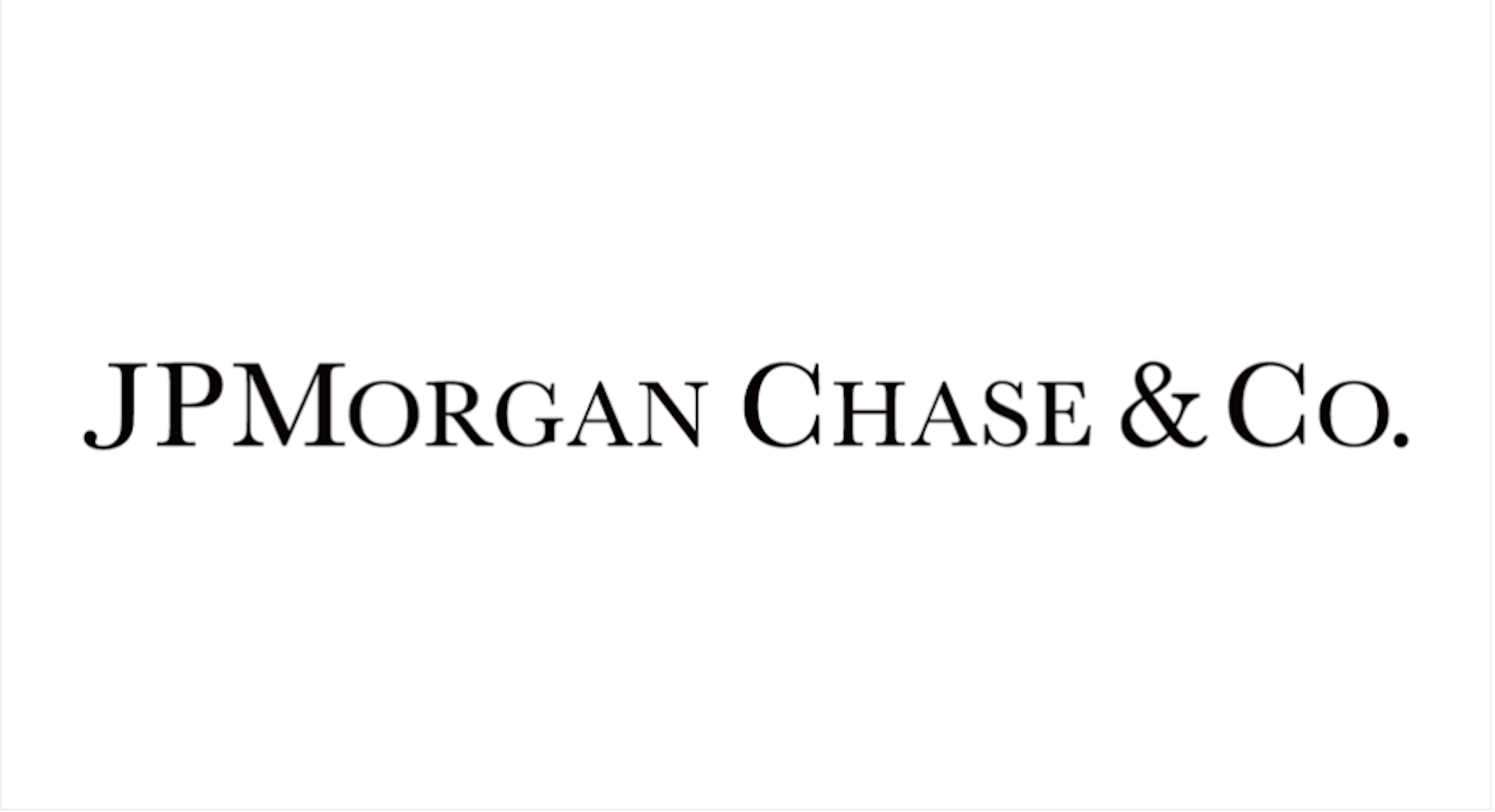
JPMorgan Chase & Co. (NYSE:JPM) is set to release its quarterly earnings with an expected EPS of $4.02 and revenue of $41.66 billion.
The Federal Reserve’s anticipated rate cuts could impact JPM’s profitability and financial performance.
Key financial metrics to watch include the P/E ratio of 11.42, price-to-sales ratio of 3.56, and a debt-to-equity ratio of 2.55.
JPMorgan Chase & Co. (NYSE:JPM) is a leading global financial services firm with operations worldwide. It offers a wide range of services, including investment banking, financial services for consumers and businesses, financial transaction processing, asset management, and private equity. As one of the largest banks in the United States, JPMorgan competes with other major financial institutions like Bank of America and Citigroup.
JPM is set to release its quarterly earnings on Friday, October 11, 2024. Analysts expect an earnings per share (EPS) of $4.02 and revenue of approximately $41.66 billion. These figures are crucial for investors to assess the bank’s performance and financial health. The earnings report will provide insights into how well JPM has managed its operations and market conditions.
Thomas Michaud, President and CEO of KBW, discussed the potential impact of the Federal Reserve’s anticipated rate cuts on the banking sector. This is particularly relevant for JPM, as interest rate changes can affect the bank’s profitability. Investors will be watching closely to see how these factors influence JPM’s earnings and overall financial performance.
JPM’s financial metrics provide a snapshot of its current market position. With a price-to-earnings (P/E) ratio of 11.42, investors are paying $11.42 for every dollar of earnings. The price-to-sales ratio of 3.56 indicates the company’s market value relative to its revenue. However, the negative enterprise value to operating cash flow ratio of -88.36 raises concerns about cash flow generation.
The bank’s debt-to-equity ratio of 2.55 suggests a significant level of debt compared to its equity, which could impact its financial stability. However, a current ratio of 1.46 indicates that JPM can cover its short-term liabilities with its short-term assets. These metrics will be important for stakeholders to consider as they evaluate JPM’s upcoming earnings report.

